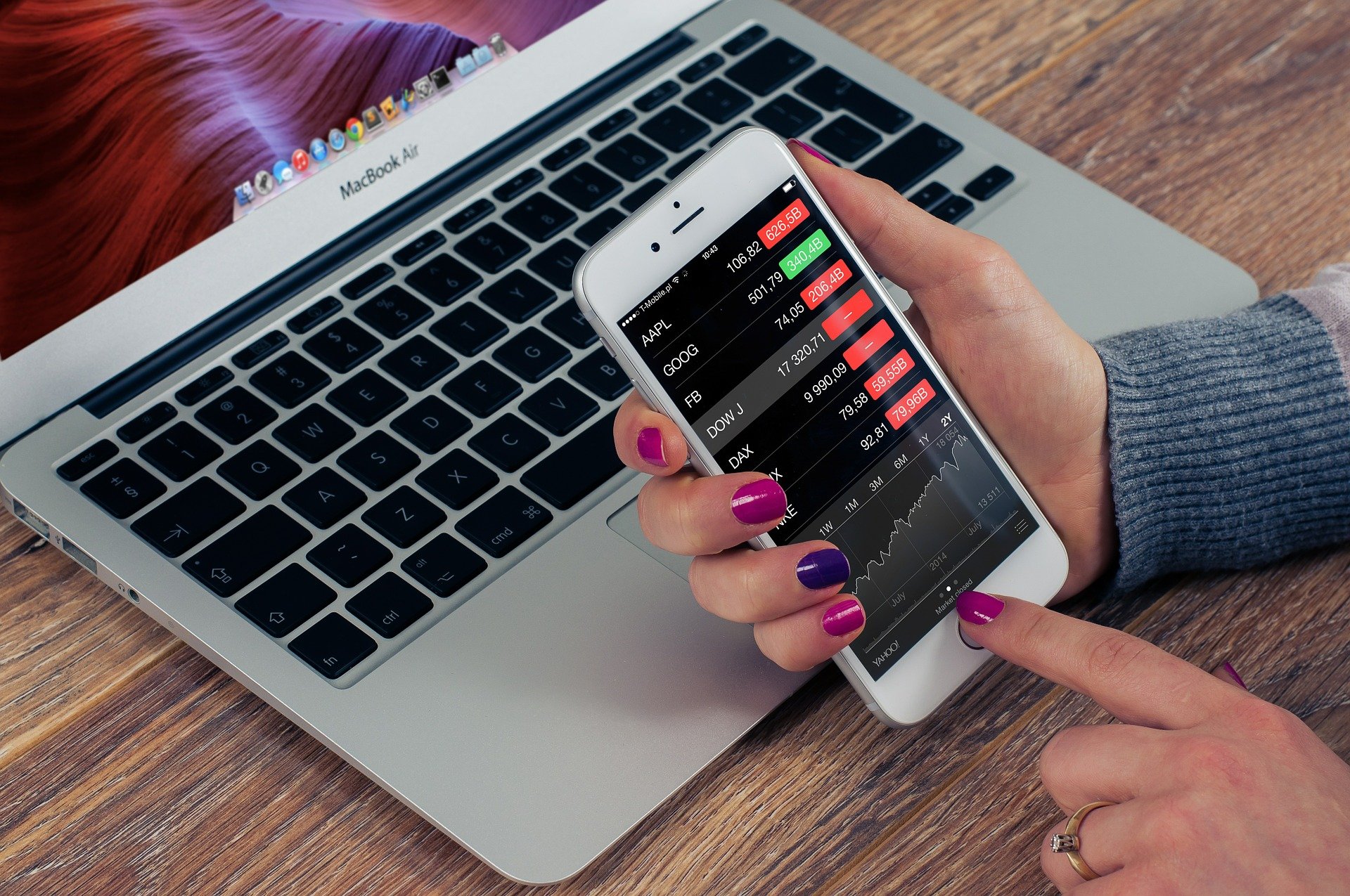
How to trade CFDs in Norway?
CFDs are an agreement where you speculate on the price change of an asset. If your prediction is correct, you can make money by buying or selling CFDs at the right moment.
However, if your prediction is wrong, you lose money from purchasing a CFD that has devalued since you purchased it.
An excellent advantage of CFD trading is that you need not own the underlying asset to sell or buy a CFD for it – all you need is enough cash/margin in your account to allow for potential losses.
A CFD typically represents 100 shares of the company/index/commodity it has been designed for.
This means that if you buy one standard lot (equals 100 000 units) of a particular commodity/asset, this amount of units is sold directly by the brokerage company to your account, according to the price you have transacted.
Example 1: You buy a standard lot of Apple shares (5 000 units) through your account with Norway’s biggest commodity brokerage house for USD 475 per share. Your broker then sells 5 000 units of Apple on the stock market and delivers them into your account. Note that if you wanted to purchase these same shares in real life, not through a CFD agreement, it would cost USD 2 625 000.
Example 2: You sell 100 standard lots of Google (100 000 units) and receive USD 97 500 into your account as profit because you predicted the total amount would go down.
Fees and taxes when trading CFDs
There are a few things you need to take into account. The two highest costs are the fees and the taxes.
Fees
Your broker’s fee for each CFD transaction is called the spread. This is the price difference between what you buy and sell a CFD.
For example, if you want to buy one standard lot of EuroStoxx 50 index, your broker might quote a purchase price of EUR 3 440.00, but will then offer to sell you the same contract at EUR 3 441.00 – meaning that the spread is 1 point (EUR 0.01)
Your broker may also charge an additional commission on top of the spread, which can vary depending on the size of your transaction.
Taxes
As CFDs are not considered an investment product by the Norwegian tax authority, they are subject to a 28% VAT (sales tax).
You can, however, offset this cost against other capital gains and losses if you trade derivatives such as CFDs as part of a financial portfolio.
There is no stamp duty. If you sell a CFD before owning it for one day, there is no ‘speculative return’; hence, nothing should be reported.
If you hold on to the asset for more than one day, you will need to write any profits from selling the CFD as “Income from speculative return”.
This means that profits from trading commodity-based CFDs are taxed as income, while earnings from trading equity-based CFDs are taxed as capital gains.
Trading CFDs
There are a few ways that you can trade CFDs
- Via a broker, an intermediary, execute your trades for a commission or spread. When choosing a broker, it is essential to look at their spreads, commissions, and products. You should also ensure that the broker is regulated by a financial authority such as the UK’s Financial Conduct Authority (FCA) or Norway’s Finanstilsynet.
- Via a CFD online platform allows you to trade CFDs without a broker. This can be an excellent option to avoid paying commissions, but you should check the spreads and products offered before signing up. The most popular online CFD platforms include Plus500, eToro and AvaTrade.
- Via an app. There are now also several apps that allow you to trade CFDs on the go. These include City Index’s Mobile Trader App and Plus500’s Android and iPhone Apps.
In Summary
The best Norway CFD brokers will offer you a range of markets to trade in, including stocks, indices, commodities and currencies. You should find a broker that meets your individual needs, whether you are an experienced trader or are just starting out.



